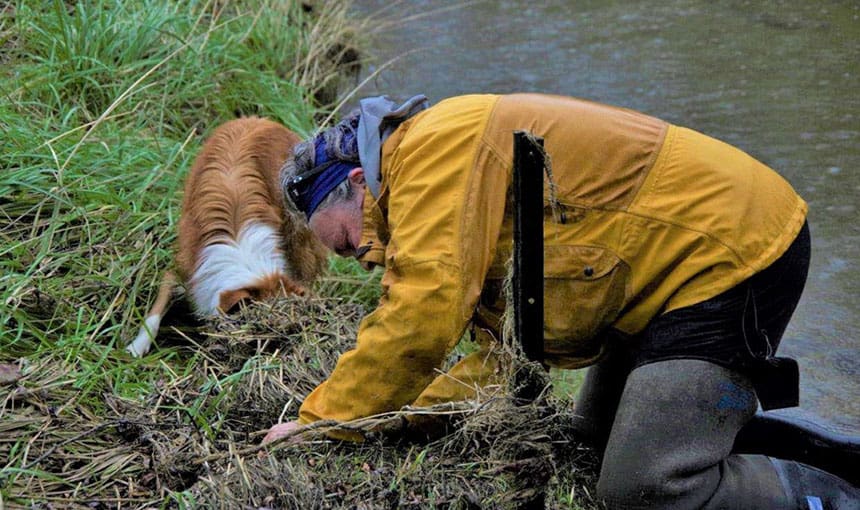As part of a BioHeritage project focused on restoration goals, Angus and the team have been investigating which ecosystem characteristics make habitats vulnerable to tipping points.
They found that the presence or absence of habitat-forming organisms can affect how vulnerable an ecosystem is to stressors, and therefore tipping points.
“Classic examples of tipping points include the sudden loss of water clarity and aquatic plants (macrophytes), following nutrient increases in shallow lakes,” Angus says.
“Here the macrophytes are the habitat-forming organisms. Clear water in shallow lakes can be maintained by feedbacks whereby the macrophytes stabilise sediments, compete with algae for nutrients and provide refuge for zooplankton against fish predation, thus contributing to low phytoplankton abundance and low water turbidity.”
Alternatively, water with high turbidity (cloudiness) can be maintained by high phytoplankton abundance.
Phytoplankton populations can increase due to high nutrient levels in the water. Dense populations will shade and kill aquatic plants, which means the lake sediment then has nothing holding it in place and can be stirred-up and suspended in the water.
The nutrients in the sediment become available to the phytoplankton, which completes the cycle by sustaining their dense population and therefore the turbid water.
Angus says calm aquatic environments, such as spring-fed channels, shallow lakes and lake outlets, are likely to be vulnerable to tipping points.
“These ecosystems, because of their often-stable flows, all provide conditions for habitat-forming organisms to dominate and thereby influence physical habitat conditions.”
A key research gap identified by the team is the threshold density of habitat-forming organisms. This is thought to be strongly linked to the presence of tipping points and therefore needs to be quantified in order to be understood better. With a better understanding people can take more effective action to restore degraded ecosystems.
